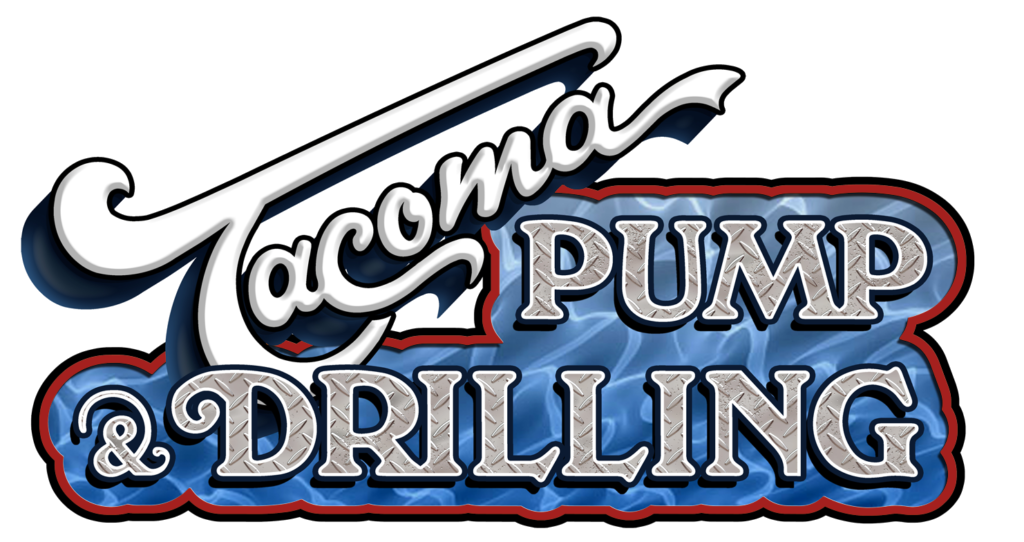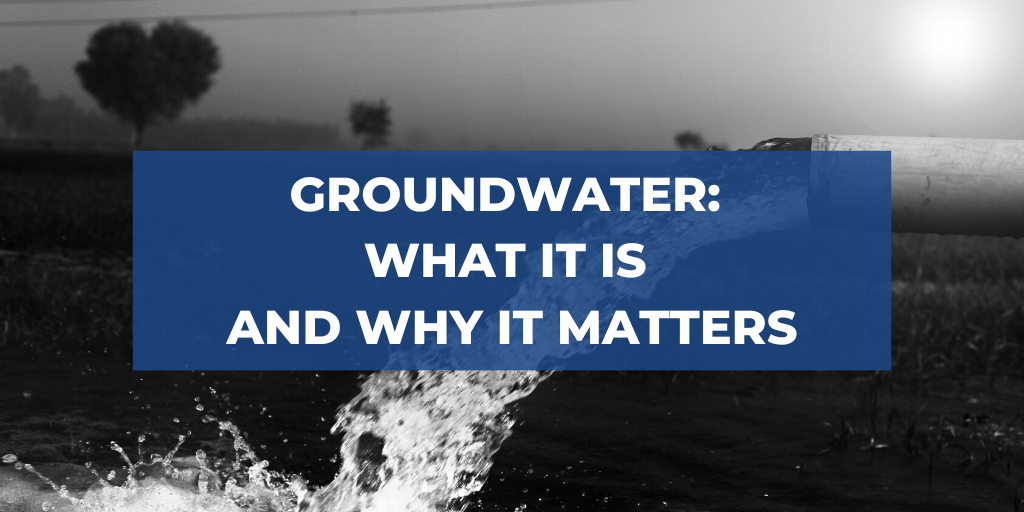Have you ever wondered where your drinking water comes from? The answer is the ground if you use a private well for your water. In fact, approximately 50% of the US population depends on groundwater for drinking water. The rest of us are also impacted by this incredible resource as it supplies water for crops and industrial processes and even replenishes our lakes and rivers. Groundwater is an important part of our everyday lives. Here’s everything you need to know about this natural resource.
What is Groundwater?
We sometimes like to joke that there is always room for ice cream for dessert. Even if you’re full, the ice cream will just melt and fill in the gaps. While that isn’t exactly how our stomachs work, it actually provides a fairly accurate image of groundwater. Groundwater is found (you guessed it!) underground in the cracks and crevices of rocks, soil, and sand. It fills in the gaps left between the geological components under the earth’s surface. It moves slowly through these gaps, and where the permeable rock, soil, and sand become saturated with groundwater is an aquifer.
Accessing the Water Table
The upper surface of the saturation zone, or aquifer, is called the water table. In order to access groundwater for your well, we have to find and drill below the water table. How deep your water table is, depends largely on the geology of your area. The water table also shifts depending on how quickly the groundwater is replenished.
Groundwater can be found anywhere, although there are certain regions where it is much more accessible and replenishes more frequently. Washington is a great place to access groundwater for your home or farm. The water table, however, does change dramatically depending on where in the state you live.
The Source of Groundwater
The reason we talk about groundwater as such a unique natural resource is because it replenishes itself. Rain and snow melt are two of the most common contributors to groundwater—both of which we (usually) have in abundance in our state.
Years Washington has faced water shortages are when the winter doesn’t produce enough snow on the mountains. This means that come springtime, there isn’t enough snowmelt (and perhaps not enough rainfall, either) to sufficiently replenish the groundwater.
Keeping the World Hydrated
As we mentioned previously, in the U.S. alone, groundwater provides drinking water for over 50% of the population. That number increases to 99% when only considering rural residents. Not only that but 64% of groundwater is used to irrigate crops. Other common uses are for manufacturing, raising livestock, and even mining. That means we all depend on groundwater, if not for drinking water, then for an abundance of other daily comforts and necessities. It is an incredibly important natural resource!
When we drill a water well for a resident or business in the Pacific Northwest, we drill below the water table to access groundwater for our clients. While there is no guarantee groundwater can be found where we drill, a bit of research helps determine if there is a good groundwater supply where you live.
Why Protecting our Groundwater Matters
Because groundwater depends on rain and snow to replenish, some regions of the world struggle to maintain a stable supply of water. If surface water is also minimal in that region, then residents suffer from a lack of access to clean, drinkable water.
Some regions of the world also experience overuse of their groundwater. Residents require more water than is naturally replenished. Another difficulty that groundwater faces is pollution. When our rain, snow, or soil gets contaminated, that contamination also makes its way into our water. With over 50% of our population using groundwater for drinking, it is crucial we do everything we can to keep that water safe, clean, and accessible.

